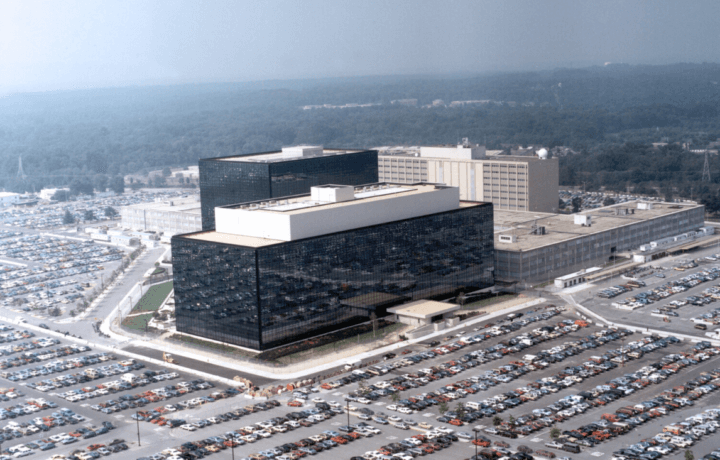The National Security Agency (NSA) shared a guide for teleworkers on making sure your home network is secure. As cybersecurity experts, NSA is keenly aware of the dangers of the remote work life. While the NSA may not be looking to take advantage of remote work for their own staff, they are interested in making sure others stay safe out there. Their “Best Practices for Securing Your Home Network” Cybersecurity Information Sheet (CSI) is aimed at helping teleworkers to protect their home networks from malicious cyber actors. That’s something that LastPass wishes they had followed.
Want to be Remote? Reduce Risk
NSA Cybersecurity, Technical Director, Neal Ziring, shares, “In the age of telework, your home network can be used as an access point for nation-state actors and cybercriminals to steal sensitive information. We can minimize this risk by securing our devices and networks, and through safe online behavior.”
The NSA guide offers 13 ways to increase home cybersecurity. NSA recommends that teleworkers secure routing devices, implement wireless network segmentation, ensure confidentiality during telework, and more. They also warn against spearphishing, malicious ads, email attachments, and untrusted applications, as they can present concerns for home internet users. NSA not only shows teleworkers how to secure their home networks, but also provides tips for staying safe online.
Cybersecurity Demands Grow with Telework
NSA joins agencies like CISA in offering guidance for better cyber practices. While it’s normal for individual users to struggle to set up good cyber practices, companies also struggle, as well. NSA’s guidance provides practical tips for remote workers, in order to reduce risk. But it’s clear that we’re no longer in a place of just telling people to not click on a suspicious link. That’s important too, but this guidance makes it clear that working remotely requires a little more work to plug all the different holes. Convenience can lead to compromise.



